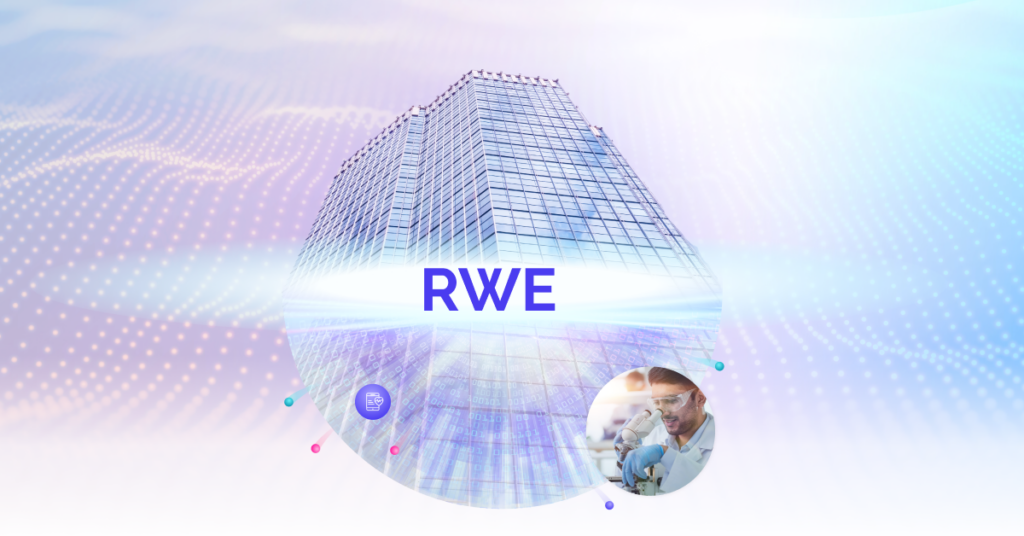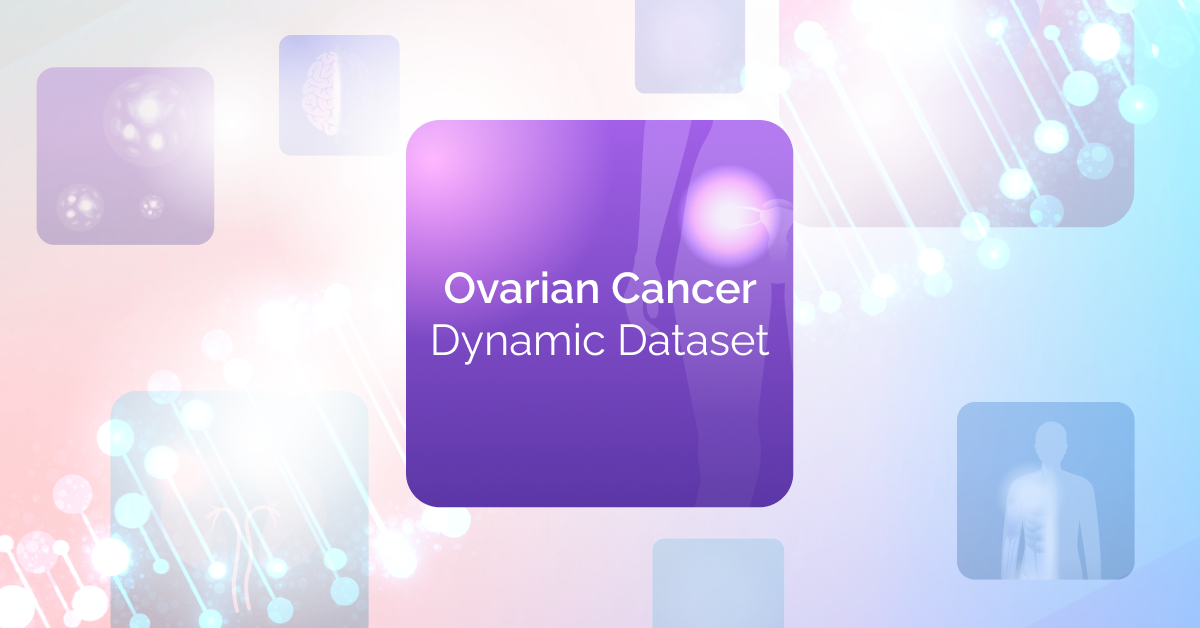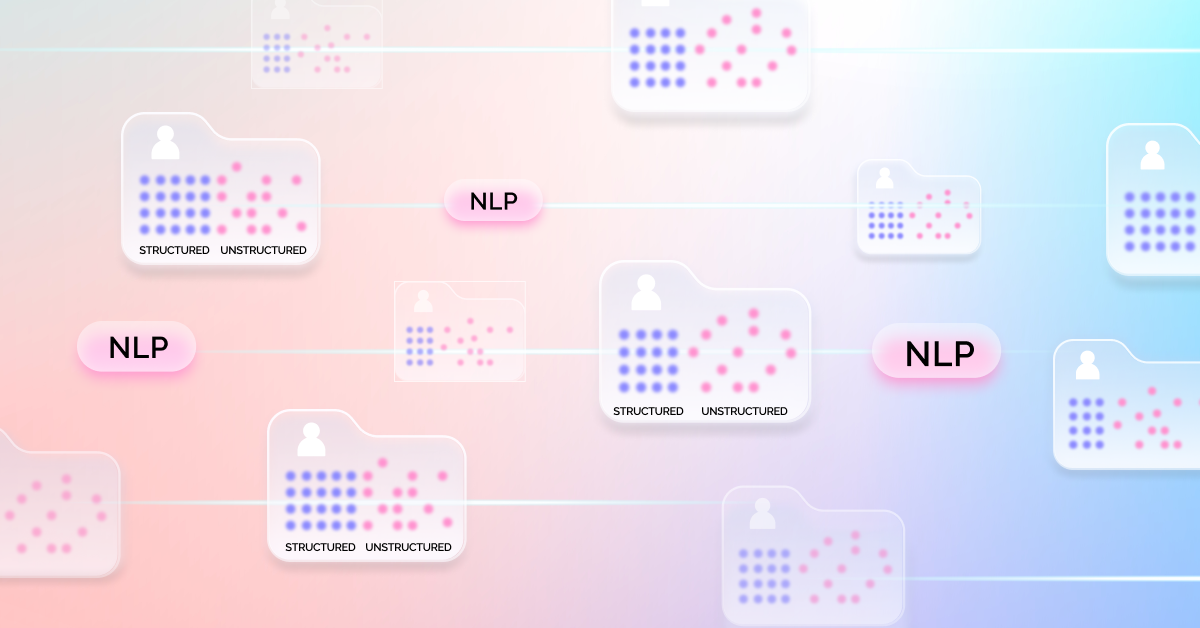The healthcare landscape is being reshaped by the increasing adoption of real-world data (RWD) and real-world evidence (RWE). These emerging disciplines have the potential to revolutionize medical research, drug development, and clinical decision-making by harnessing insights from diverse patient data sources beyond traditional clinical trials.
Understanding RWD Sources
RWD encompasses a wide array of health-related information captured outside of controlled research settings during the course of routine patient care and daily living. Key RWD sources include:
- Electronic Health Records: Longitudinal patient data from hospitals and clinics spanning diagnoses, treatments, tests, medications and more.
- Administrative Claims: Billing data from payers providing a view into healthcare services utilization and costs.
- Patient-Reported Outcomes: Direct patient feedback on symptoms, quality of life, treatment experiences through surveys and apps.
- Patient-Generated Health Data: Continuous monitoring data from wearable sensors, home medical devices capturing vitals, activity levels etc.
- Disease Registries: Detailed clinical data on patient profiles, disease progression, interventions, and outcomes for specific conditions.
- Social/Environmental Data: Information on socioeconomic factors like income levels, food/housing access, pollution exposure etc. impacting health.
Synthesizing RWE
By aggregating and analyzing these diverse real-world datasets, researchers can generate robust real-world evidence reflecting how drugs, medical devices and care pathways perform in actual clinical practice with heterogeneous patient populations. Complementing traditional randomized controlled trials, RWE provides critical insights across the product lifecycle:
- Clinical Development: Leverage RWD to optimize protocol designs, enhance recruitment, enrich study populations and monitor long-term safety/efficacy.
- Regulatory Approvals: Submit RWE alongside clinical trial data to support label expansions, new indications and evidence of real-world product performance.
- Post-Marketing Surveillance: Continuously monitor post-launch drug utilization patterns, comparative effectiveness, and adverse events at population scale.
- Value Demonstrations: Assess total treatment costs alongside patient-reported and clinical outcomes data to demonstrate product value propositions.
RWD as a control arm in clinical trials
Leveraging RWD as a control arm in clinical trials offers a pragmatic solution for overcoming recruitment challenges, especially for rare conditions. For instance, a biopharma company testing a new drug targeting a rare cancer mutation may struggle to find enough eligible patients for a prospective randomized trial. Instead, they can implement a retrospective, standard-of-care trial, utilizing anonymized data from past patients treated with existing medications. This historical control group allows for the comparison of outcomes, such as cancer response and survival rates, against those of current patients receiving the investigational drug. Through statistical methods, the two groups can be made reasonably comparable, thereby providing valuable insights to regulatory agencies regarding the new therapy’s safety and efficacy.
The Regulatory Embrace of RWE
Recognizing its potential, the FDA, EMA and other regulatory agencies have established frameworks for leveraging RWE to support regulatory decision-making and expedite access to innovative treatments.
The 21st Century Cures Act and FDA’s Real-World Evidence Program have outlined evidentiary standards for RWE use in regulatory submissions across drug and biologic approvals, label expansions and post-approval study requirements.
The EMA’s Qualification Opinion pathway provides for the prospective acceptance of novel digital measurement tools and RWE methodology as validated exploratory biomarkers or efficacy endpoints.
This regulatory embrace is catalyzing substantial investments into RWE-focused technologies, processes and cross-sector collaboration models to fully harness the power of patient data for smarter healthcare solutions.
Overcoming Key Challenges
Despite the potential, the RWD landscape is highly complex with unique challenges around data quality, interoperability, privacy protection and governance:
- Data Quality: Developing consistent standards and robust data curation processes to ensure data reliability, minimize errors, manage confounding factors and enable valid evidence generation.
- Data Harmonization: Establishing consensus-driven data models, ontologies and technological solutions to seamlessly integrate siloed datasets from diverse RWD sources.
- Patient Privacy: Implementing stringent governance frameworks and cutting-edge privacy-enhancing technologies for secure, ethical use of sensitive patient data.
- Regulatory Clarity: Close multi-stakeholder collaboration to shape clear, comprehensive and universally accepted regulatory guidance around RWE practices.
- Controlled Access: Deploying rigorous access control mechanisms and privacy-preserving data utility solutions to facilitate compliant sharing of high-quality RWD.
The Future with Briya
Briya’s global platform is paving the way to overcome these challenges at scale. By unifying, curating and harmonizing quality data from worldwide partners across healthcare, academic and commercial sectors, Briya provides a comprehensive, secure and compliant solution for high-fidelity patient intelligence.
Leveraging advanced data fabric, AI/ML and data security capabilities, Briya enables the ethical, controlled access to rich, longitudinal patient journeys unified across structured and unstructured sources. This empowers researchers, life science innovators and healthcare providers to drive impactful real-world evidence generation for better clinical and business decision-making.
Looking Ahead
As multi-stakeholder partnerships strengthen, technological capabilities advance, and the regulatory/data governance landscape evolves, RWE will spark a new era of patient-focused, evidence-driven healthcare transformation. Unlocking the full power of insights from real-world patient experiences and journeys will accelerate biomedical innovations, enhance treatment outcomes and optimize healthcare’s clinical and economic value across the product lifecycle.
***
The blog is based on several documents:
- https://rethinkingclinicaltrials.org/chapters/conduct/acquiring-real-world-data/common-real-world-data-sources/
- https://dailyreporter.esmo.org/esmo-congress-2023/digital-oncology/the-future-of-real-world-research-is-now
- https://acsjournals.onlinelibrary.wiley.com/doi/10.1002/cncr.32697
- http://mhealth.jmir.org/2018/11/e12106/
- https://onlinelibrary.wiley.com/doi/10.5694/mja2.51182




